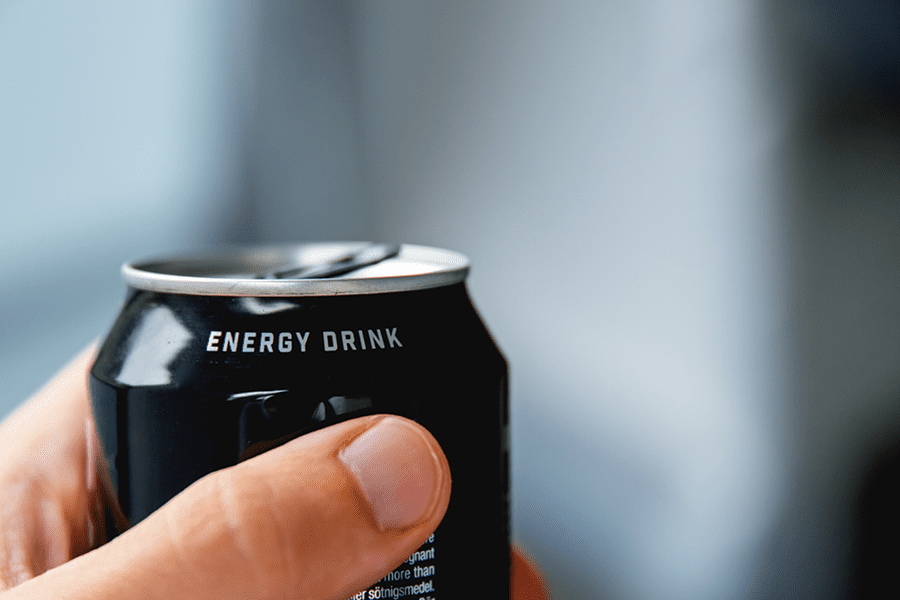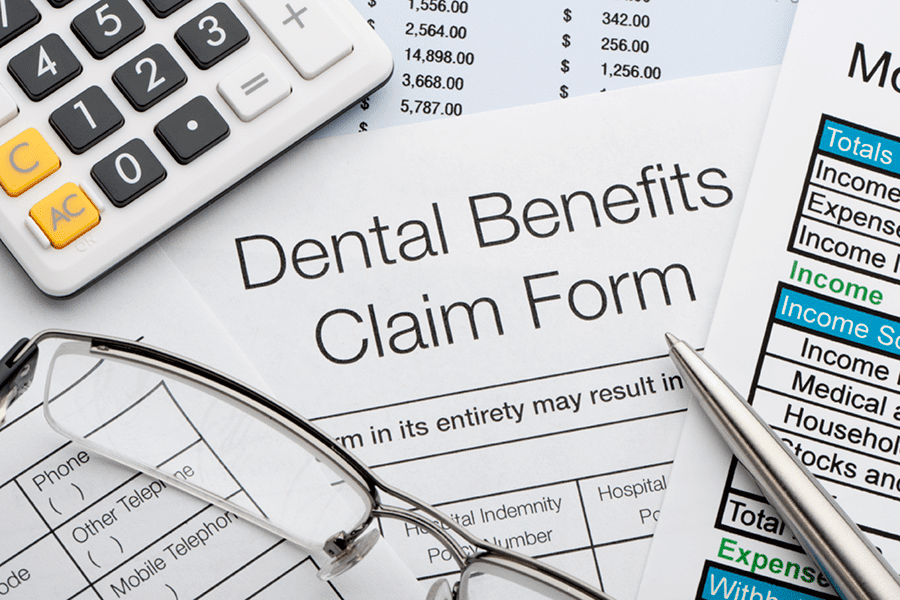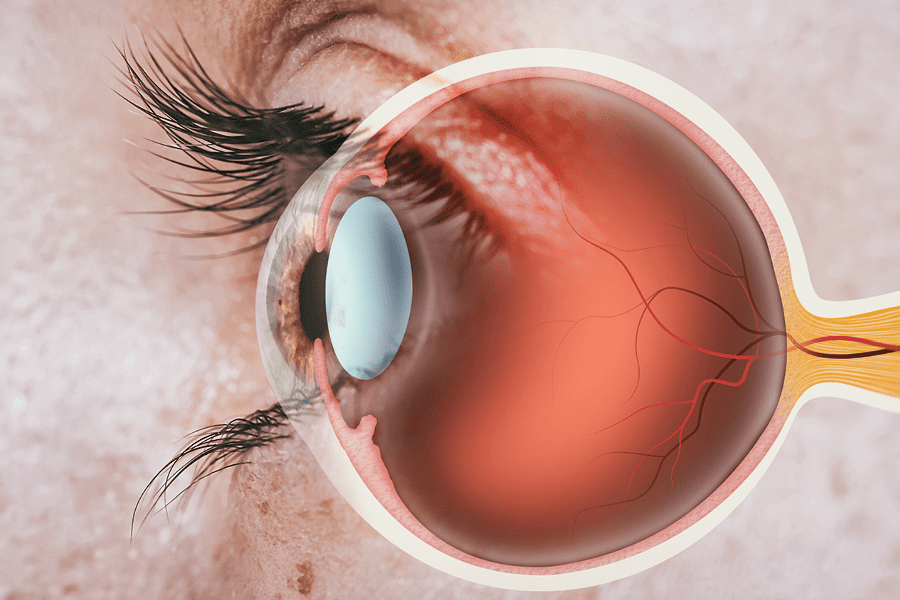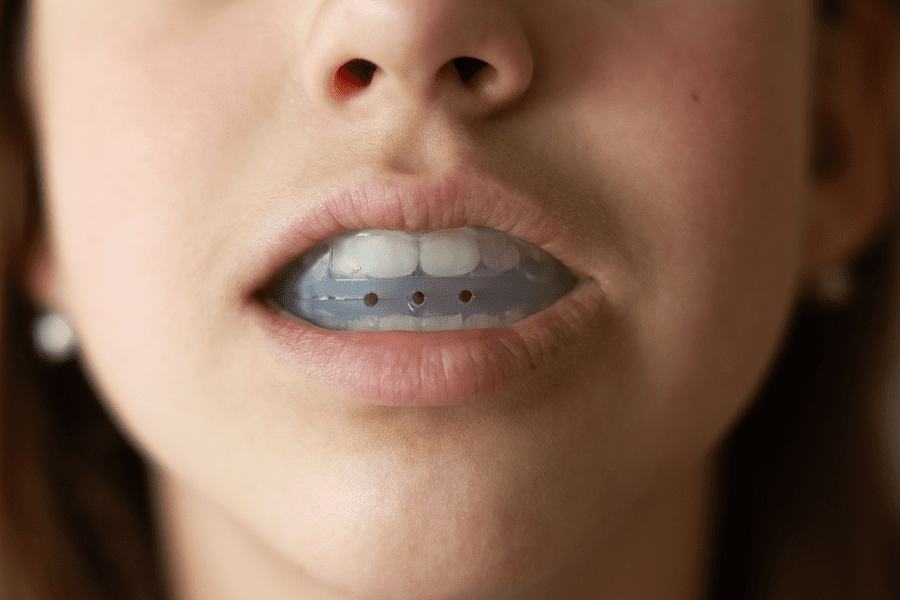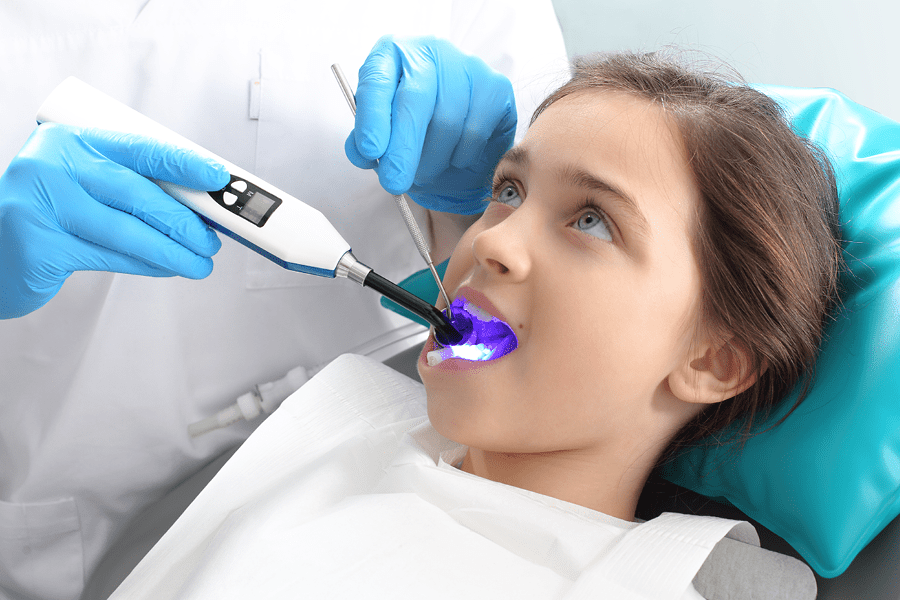Key takeaways about coffee, energy drinks, and your teeth:
- Coffee and energy drinks can harm your teeth due to their high acidity and sugar content, which weaken enamel and increase the risk of staining, sensitivity, and cavities.
- Cutting out these beverages is ideal, but since most people aren’t ready to give them up immediately, it’s important to take steps to reduce their impact.
- Protect your smile during the holiday season by being mindful of your beverage choices and seeking dental care if symptoms like sensitivity or pain worsen.
The holiday season is here, which means you may be relying on an extra boost throughout the day. Whether you’re reaching for coffee and energy drinks, or other pick-me-ups to power through festive gatherings and busy days, it’s important to remember that these beverages can take a toll on your smile.
Before you grab your next coffee or energy drink, here are a few things to keep in mind to protect your teeth and keep your smile bright all season long.
How coffee and energy drinks damage your teeth
That morning cup of coffee or afternoon energy drink might feel like a harmless pick-me-up, but the reality is that it could be quietly damaging your teeth. To understand how coffee and energy drinks can harm your teeth, it helps to first look at how pH and acidity affect your smile.
The pH level in your mouth plays a major role in keeping your smile healthy. The pH scale runs from zero to 14, with seven being neutral. Values below seven are acidic, and those above seven are alkaline.
Normally, saliva helps maintain a slightly neutral pH, protecting your teeth and gums. However, when you consume acidic foods or drinks, the mouth’s pH drops, and the enamel, or the hard outer layer of your teeth, can begin to dissolve in a process called demineralization. Over time, this acid wear can lead to increased tooth sensitivity, yellowing as enamel thins, and a higher risk of cavities and chips.
Coffee is often known for its teeth-staining effects, but the impact goes much deeper than a dimmer smile. Black coffee, in particular, is acidic, and that acidity can weaken enamel over time. While the exact pH level varies depending on factors such as bean type, roast, and brewing method, a typical cup of instant black coffee has a pH of 5.11, which is considered acidic on the pH scale. If you add sugar to your coffee, you may be causing even more damage to your smile.
Energy drinks also pack a powerful punch, not just in caffeine, but in acidity and sugar. A recent study found they have an average pH of 3.3, making them even more acidic than coffee and placing them in the “highly acidic” category. Many even contain up to 20 teaspoons of sugar per serving, making them a double threat to your dental health.
On top of that, the sugar content in these drinks feeds harmful bacteria in your mouth, which produce acids that further attack your enamel and increase your risk of cavities. Over time, this combination of acid and sugar can lead to serious dental issues if not addressed.
How to reduce the damage from consuming coffee and energy drinks
While cutting out coffee and energy drinks entirely may be the most effective way to prevent dental damage, most people aren’t ready to give them up completely. That’s why it’s important to take proactive steps to minimize the impact these beverages can have on your teeth:
- Practice good oral hygiene habits before and after consuming coffee and energy drinks
- Having a good oral hygiene routine is fundamental to maintaining a healthy smile. This includes brushing twice a day and flossing daily.
- Pro tip: If you’re experiencing symptoms like sensitivity, use a soft-bristled toothbrush and toothpaste designed for sensitive teeth. Be sure to brush in gentle circles to minimize damage to the enamel.
- Rinse your mouth with water after consuming coffee and energy drinks
- Swishing with water can help decrease symptoms such as tooth sensitivity by neutralizing the acids left on the teeth.
- Consider alternatives
- If you tend to drink a lot of coffee and energy drinks during the day, trying alternatives such as herbal tea or plain water can save your teeth from damage over time.
- Use a straw
- Drinking coffee and energy drinks through a straw can help minimize the direct contact they have with your teeth.
- See a dentist if the symptoms worsen
- If you notice an increase in sensitivity or pain in your teeth that may be caused by decay, don’t wait to call your dentist! Untreated cavities can lead to serious dental problems such as infections, abscesses, and even tooth loss. Don’t let coffee and energy drinks be the reason you don’t want to smile.
Don’t let coffee and energy drinks ruin your smile!
Your favorite pick-me-ups shouldn’t have to dull your sparkle this holiday season. While coffee and energy drinks may help you power through the festivities, they can also harm your teeth if you’re not careful. By practicing mindful habits and making small adjustments to your routine, you can enjoy the energy boost without compromising your smile.
